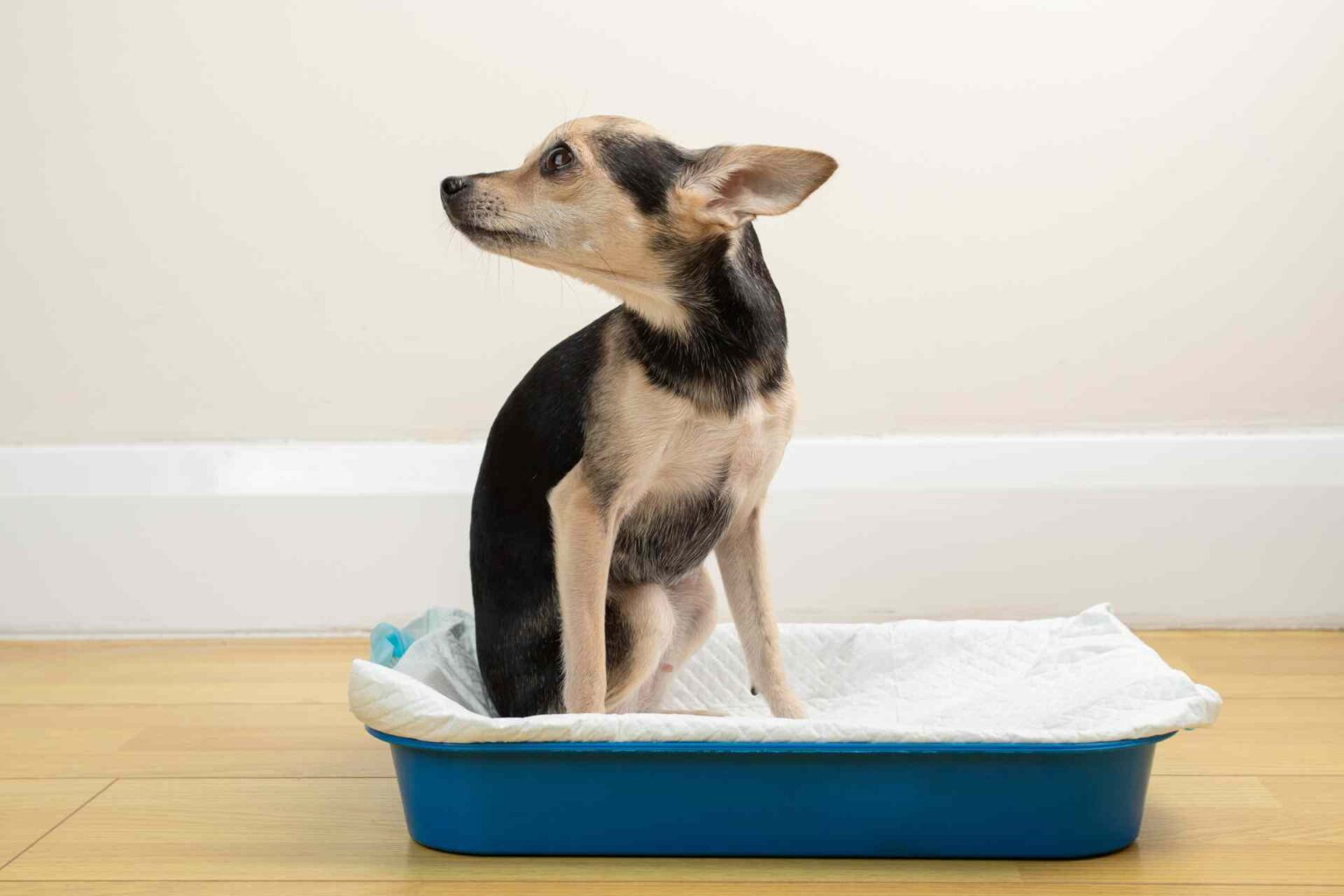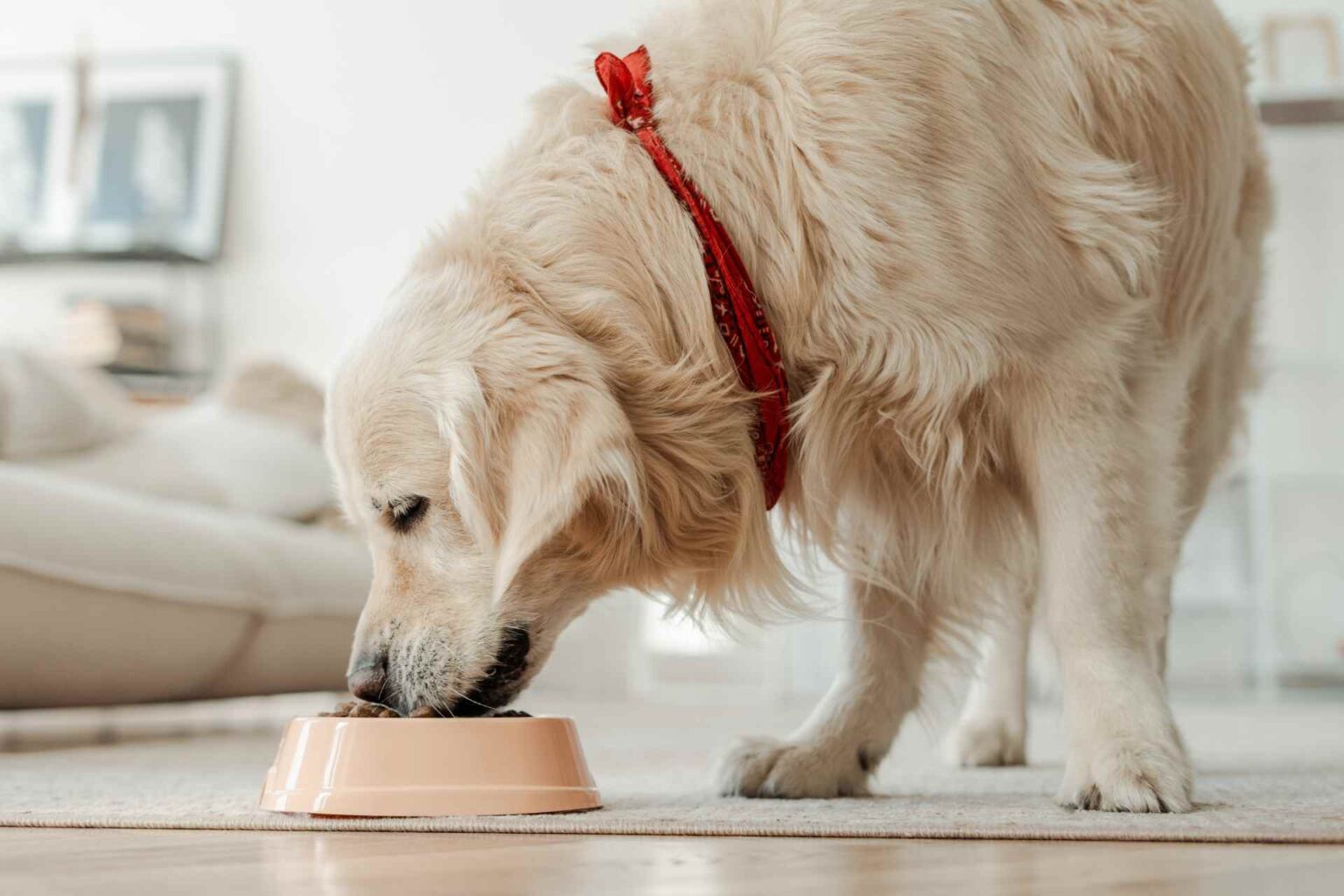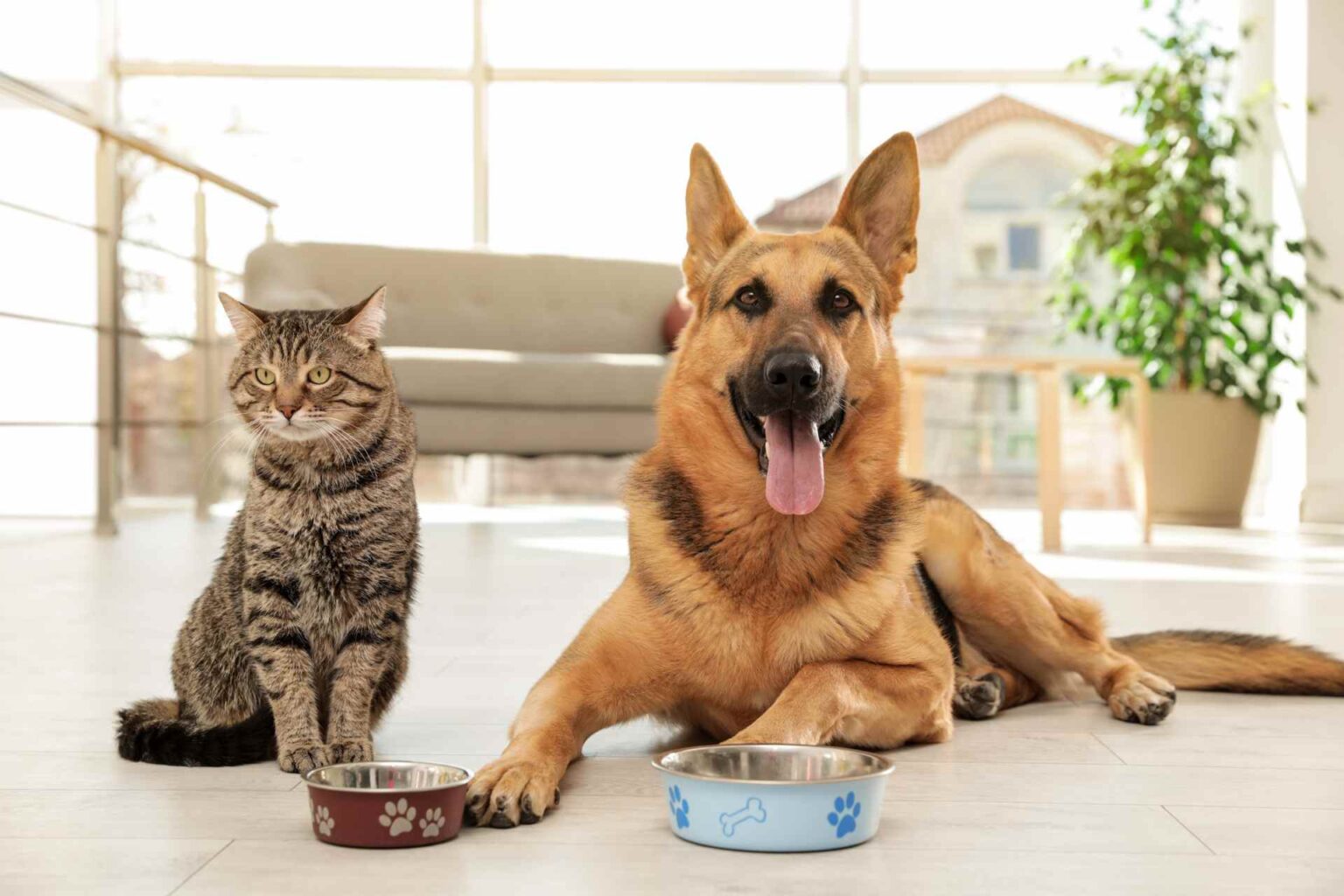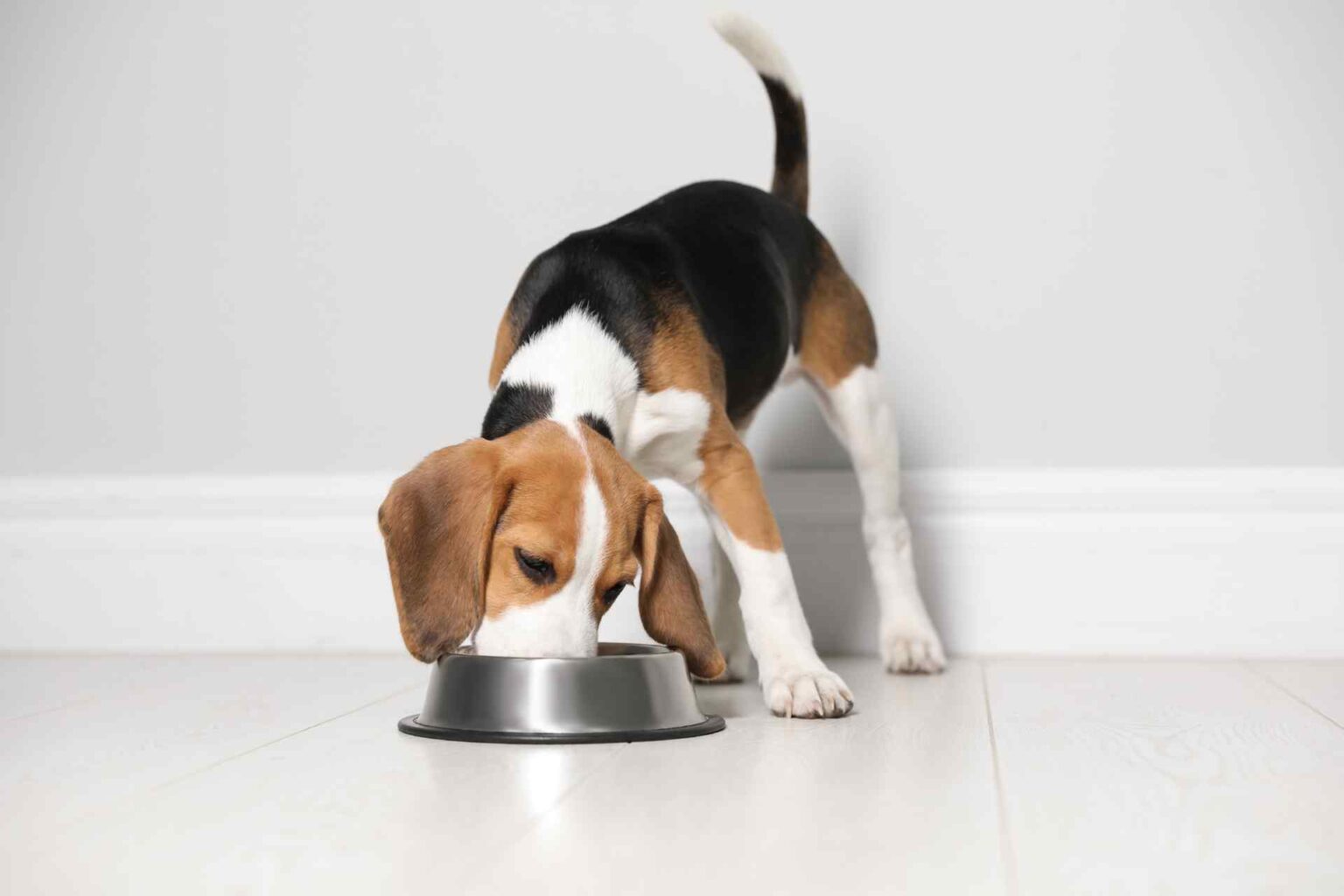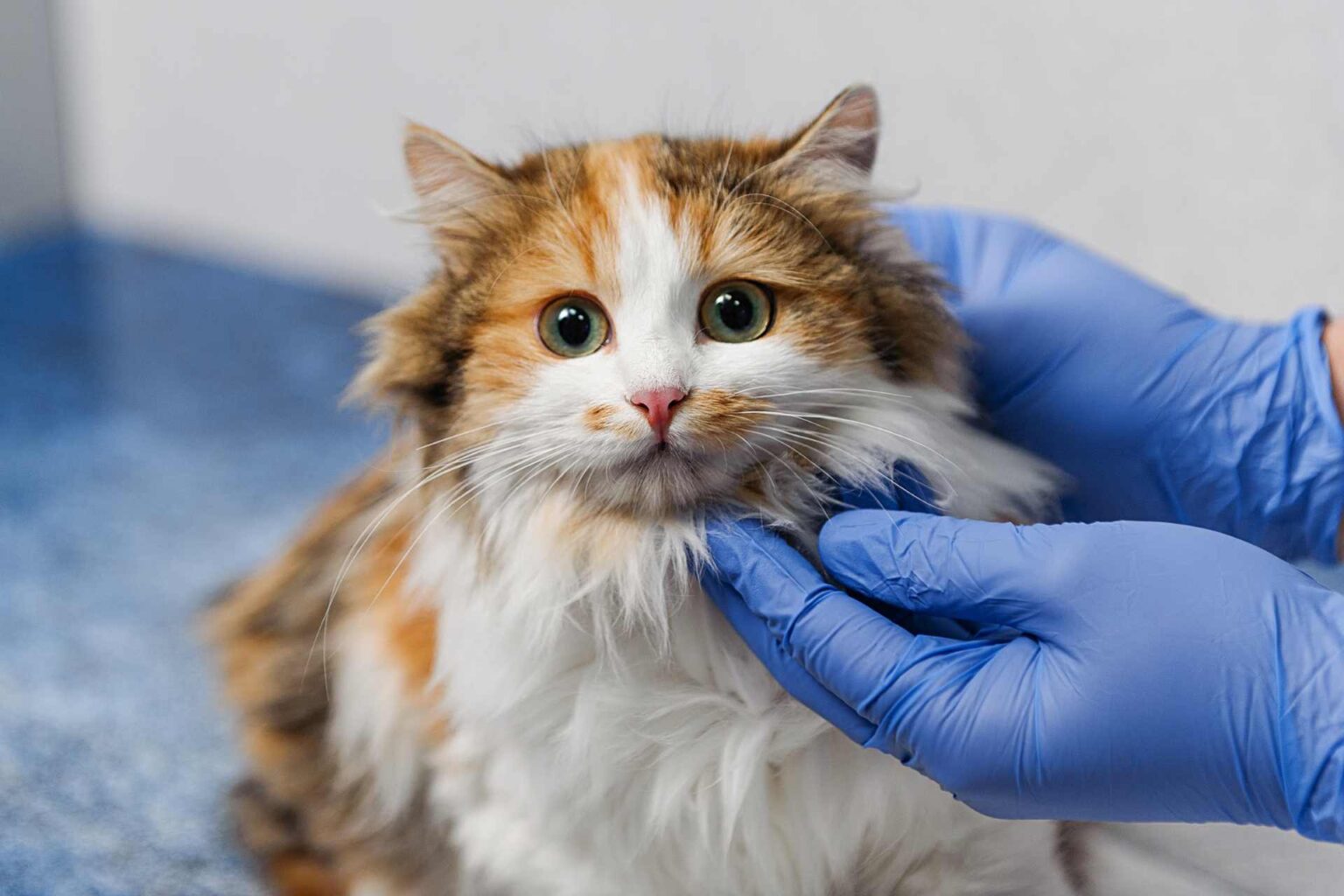Ten to 23 percent of clinical signs detected in the cat’s lower urinary tract are generally due to the presence of struvite uroliths, which are aggregations of ammonium phosphate and magnesium.
The precipitation and crystallization of struvite depends on many factors, including the degree of urine saturation, diet, pH, and urine volume.
Struvite urolithiasis
In the cat, unlike the dog, struvite is in most cases sterile and appears to be related to an inflammatory process of the urinary tract rather than infections caused by urease-producing bacteria.
Struvite uroliths can be removed by surgical methods or by dissolution ind...
This content is restricted to registered members of the web site
or sign in


